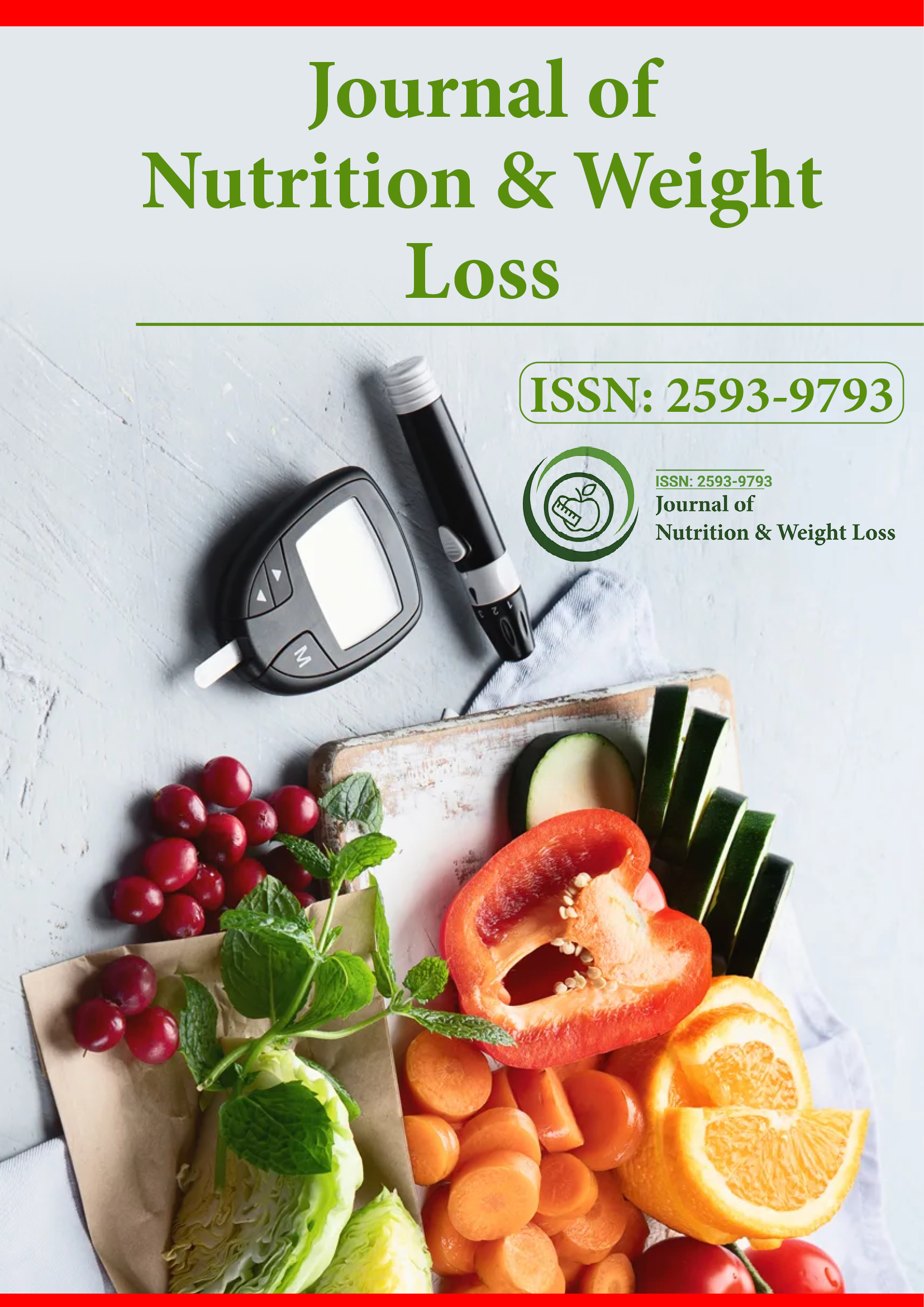Индексировано в
- RefSeek
- Университет Хамдарда
- ЭБСКО АЗ
- Паблоны
- Евро Паб
- Google Scholar
Полезные ссылки
Поделиться этой страницей
Флаер журнала

Журналы открытого доступа
- Биоинформатика и системная биология
- Биохимия
- Ветеринарные науки
- Генетика и молекулярная биология
- Еда и питание
- Иммунология и микробиология
- Инжиниринг
- Клинические науки
- Материаловедение
- медицинские науки
- Науки об окружающей среде
- Неврология и психология
- Общая наука
- Сельское хозяйство и аквакультура
- Сестринское дело и здравоохранение
- Управление бизнесом
- Фармацевтические науки
- Химия
Абстрактный
Наука и искусство ожирения
Ариэль С. Торрес
Введение : В области ожирения достигнуто множество успехов. Цель этой статьи — познакомить других специалистов в области здравоохранения с последними научными знаниями об ожирении, а также дать им представление об искусстве управления ожирением. В то же время эта статья направлена на то, чтобы проинформировать специалистов в области питания и снижения веса о текущих принятых определениях, различных классификациях, факторах риска для здоровья, причинно-следственной связи в анатомии, а также физиологии жировых гормонов или адипокинов, и пошагово рассмотреть общепринятые 5 А в лечении пациентов с избыточным весом, страдающих ожирением.
Методология : Информация об ожирении была разделена на науку и искусство. Наука имеет дело с точными знаниями, которые были установлены открытиями на протяжении многих лет, в то время как искусство имеет дело с различными способами классификации и, в конечном итоге, управления ожирением.
Результаты : Наука об ожирении изучает анатомию и физиологию жировых гормонов (адипокинов), включая тип жира, из которого они происходят (висцеральный, подкожный, поверхностный и глубокий), а также различает те, которые полезны от вредных. Искусство управления ожирением изучает процессы потери веса, поддержания веса, восстановления веса, рецидивизма и феномена отскока. Ожирение отличается от тучности, и рассматриваются их различные классификации, основанные на индексе массы тела, включая то, как их используют разные страны, и его историю в МКБ. Кульминацией являются 5 «а» в управлении ожирением с конкретными примерами.
Заключение : Адипокины возникают из жировых клеток после того, как тканевые макрофаги пожирают их, когда они становятся слишком большими или их становится слишком много. Адипокины, которые происходят из висцерального жира, глубокого жира и верхнего ожирения, как правило, вредны, в то время как те, которые происходят из подкожного жира, поверхностного жира и нижнего ожирения, как правило, полезны. Потеря веса должна поддерживаться в течение года, чтобы считаться успешной с долгосрочной устойчивостью. Ожирение — это избыточное количество жира по всему телу, что уже увеличивает риск заболевания на основе факторов риска для здоровья, которые представляют собой комбинацию индекса массы тела > 30 кг/м2 и большой окружности талии на основе пола и различных пороговых значений. 5 «а» в ожирении — это спрашивать, оценивать, советовать, соглашаться и помогать.